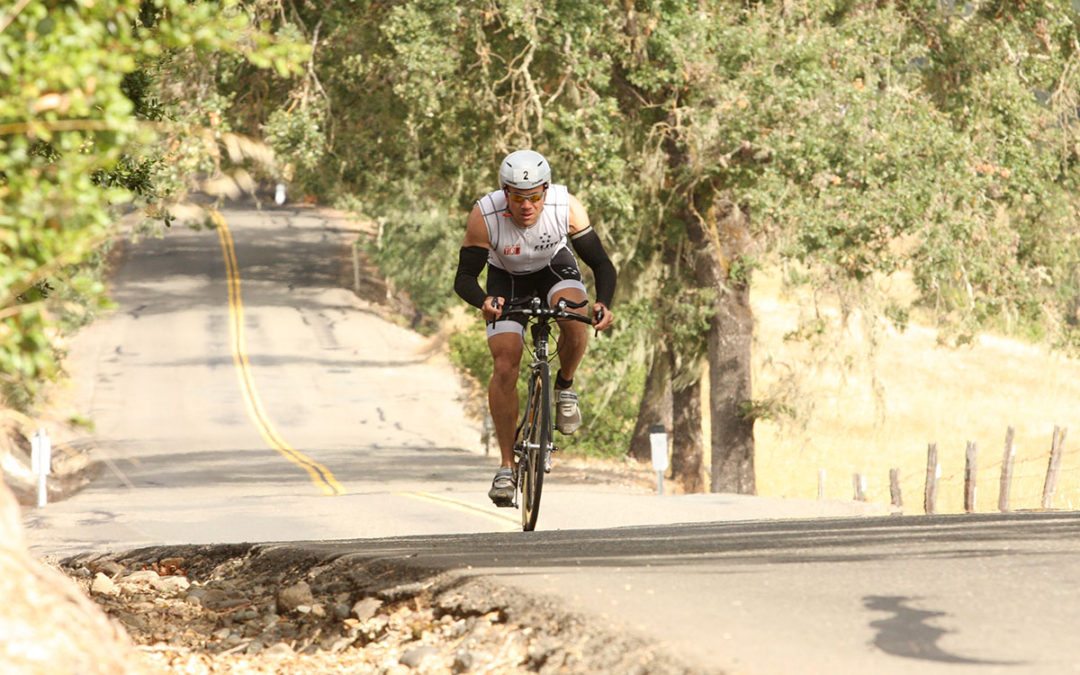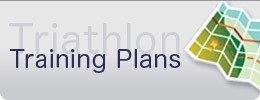Years ago, I was riding with a friend on Skyline Drive in Virginia for a long training ride in preparation for an IRONMAN Triathlon. It was raining lightly when we parked our cars at the entrance to the park and started to slowly climb up onto the drive. We were both cold as the temperatures dropped as we climbed higher. Neither one of us felt like talking.
About 20 miles into our ride (most of it uphill), a ranger stopped us and told us the roads were starting to ice over and that we needed to turn around. After we turned around, we noticed that ice was building up on our derailleurs. We were both unprepared for the freezing cold descents while wet. We made it down the mountain safely but both of us were hypothermic and it took hot coffee and a warm diner to warm us up. We should have checked the weather on the Drive instead of only at the start at the bottom.
With spring fast approaching, you will soon (if not already) be able take advantage of the warmer temperatures to do your long training rides outside. Long rides provide a triathlete the opportunity to improve endurance, increase efficiency, practice pacing, dial in race nutrition and develop mental fortitude.
However, they also open the door for a lot to go wrong like what happened to me on Skyline Drive. You do not want to be halfway through a multi-hour ride and be unprepared when you get a flat, realize you are out of water or encounter unexpected nasty weather.
Below is a list of what to pack each time you leave the house to ride.
Snacks and Drinks
Count your calories and fluid needs before you leave the door and then pack extra. I suggest athletes pack between 200-300 calories an hour. 200 calories is usually adequate for 1-3 hours but when you ride longer, err on the side of 300 calories an hour.If you know there are no water stops along the way you may want to pack an extra water bottle and stick it in your jersey pocket or wear a hydration pack.
Why pack more? Because your longer may take longer than you planned. Your riding partner could be unprepared and may need a gel. Or, you leave the house depleted because you did a swim or run the previous night or before the start of the ride and realize you need more to eat. Calories can be in the form of drink mix, gels, bars or food such as PBJ sandwiches, dates or a banana.
Essentials to Fix a Flat
Anytime you leave the house make sure you have a spare tube, tire levers, and CO2 cartridges or a pump to fix a flat. More importantly, make sure you know how to change a flat should you get one. Multi-tools are also worth packing for any small adjustments you may need to make while riding like tightening loose handlebars or adjusting your saddle.
Cash
Cash is good in case you need to stop by a bike store for a tube to repair a flat or if you need extra food or drinks. If you are 4 hours into a ride, chips or a soda may sound more appealing than another gel. Near us there is a little shop that cyclists stop at for baked goods, but it only takes cash unless you spend more than $5. I carry ten dollars in my saddle bag and leave it there until I need it.
Cell Phone
Carrying a cell phone gives you the option to call someone for a ride if you get stuck in inclimate weather or encounter some other problem. If you chose not to ride with a cell phone, I recommend you carry an ID. Road IDs are an excellent option because, like the cell phone, they provide emergency personnel with a phone number to call in case you become injured as well as emergency medical information.
What Else?
There are some items that depend on where you are planning to ride. If you’re riding a route that climbs up to high elevations, check the temperature and expected weather at the top. If necessary, pack a vest, windbreaker or gloves for the descent. When I lived in Boulder, I always carried a rain shell when climbing in the mountains in case of rain or hail even in the summer. If there’s a chance you might still be riding at night, bring lights and wear reflective clothing.
While this blog addresses what you might need in reference to a longer ride, many of these items are good to bring along for any ride.
If you have other questions before you head out for your first long ride contact us at ENDURANCEWORKS. We are here to help!


